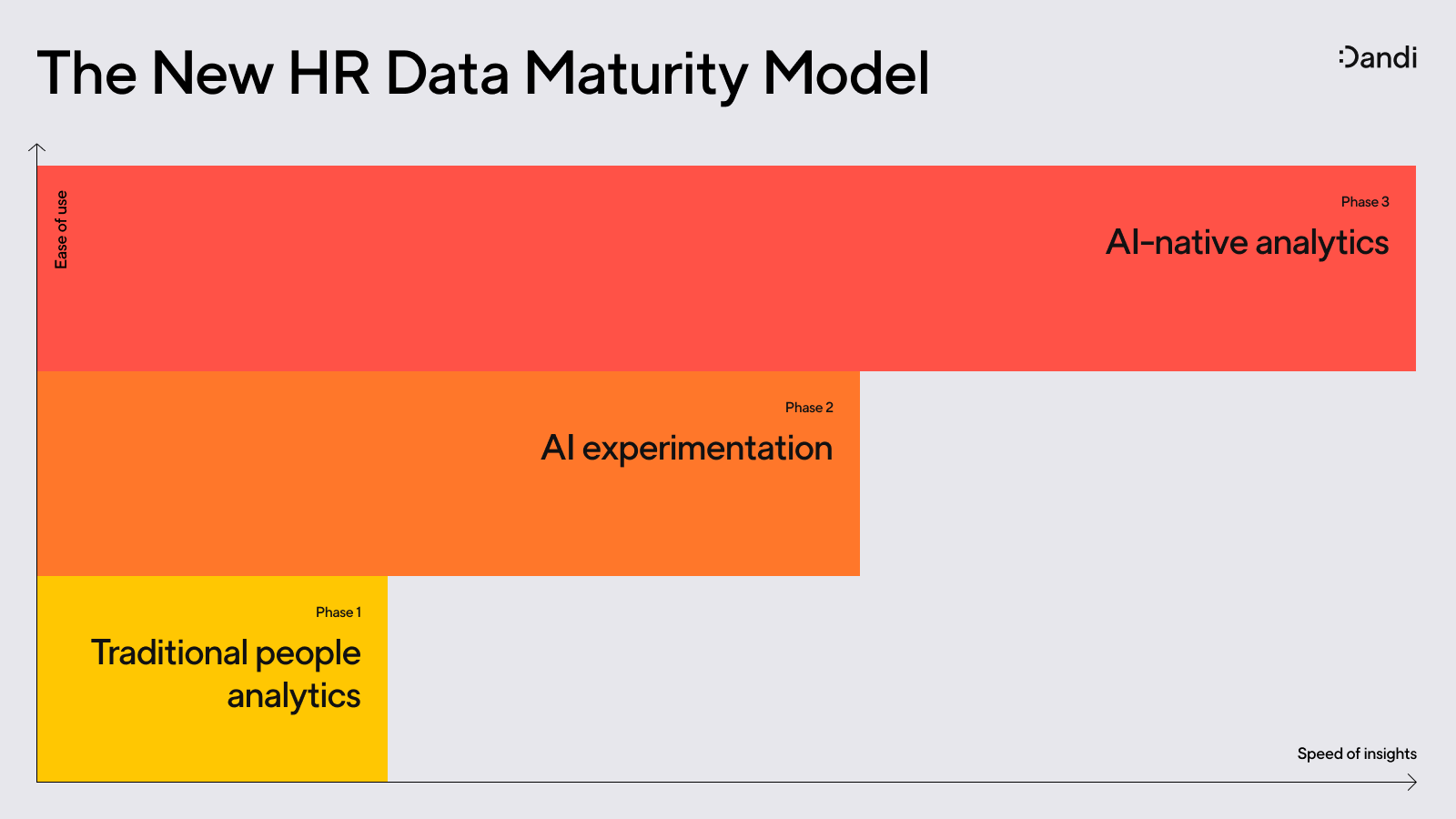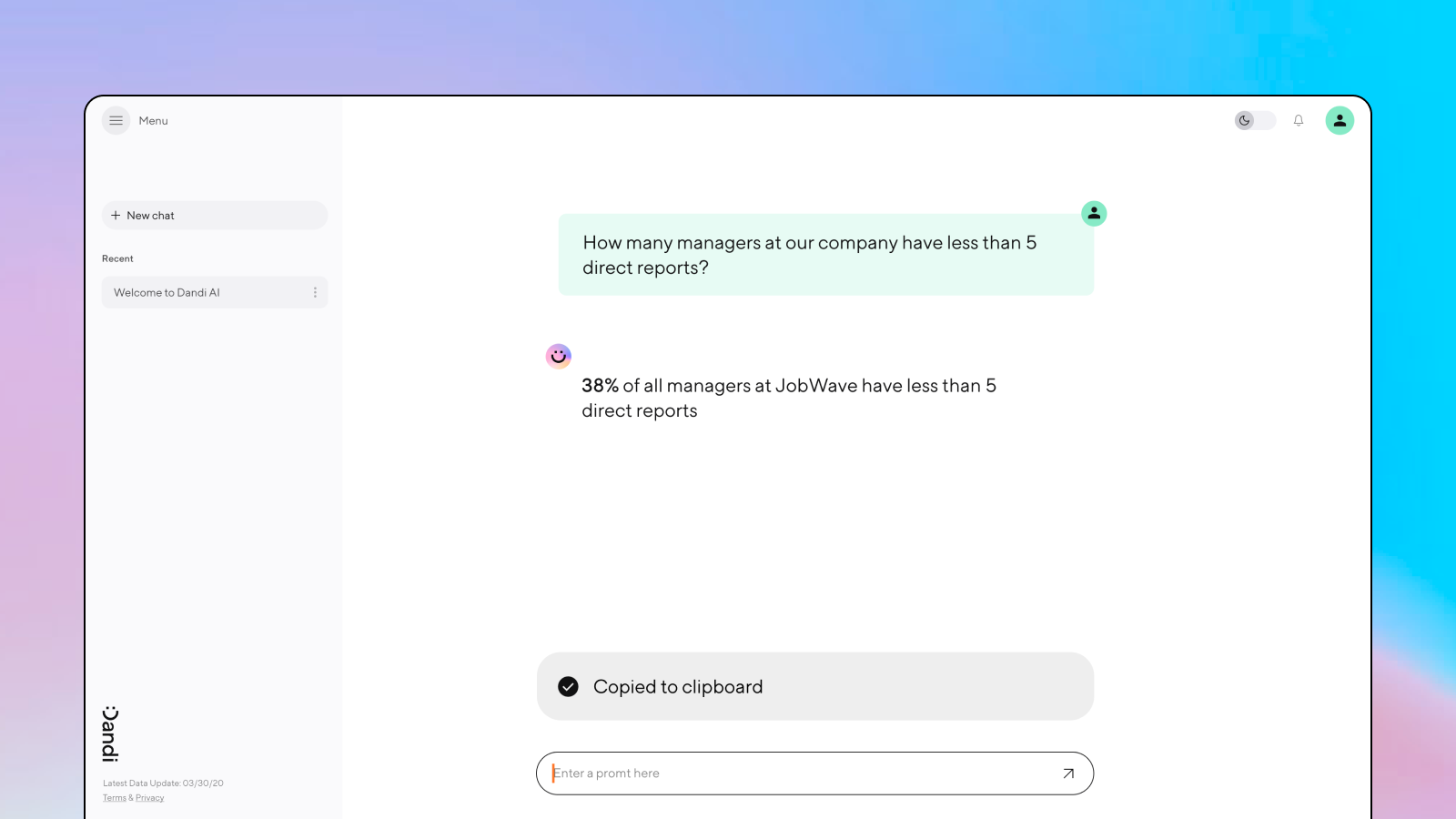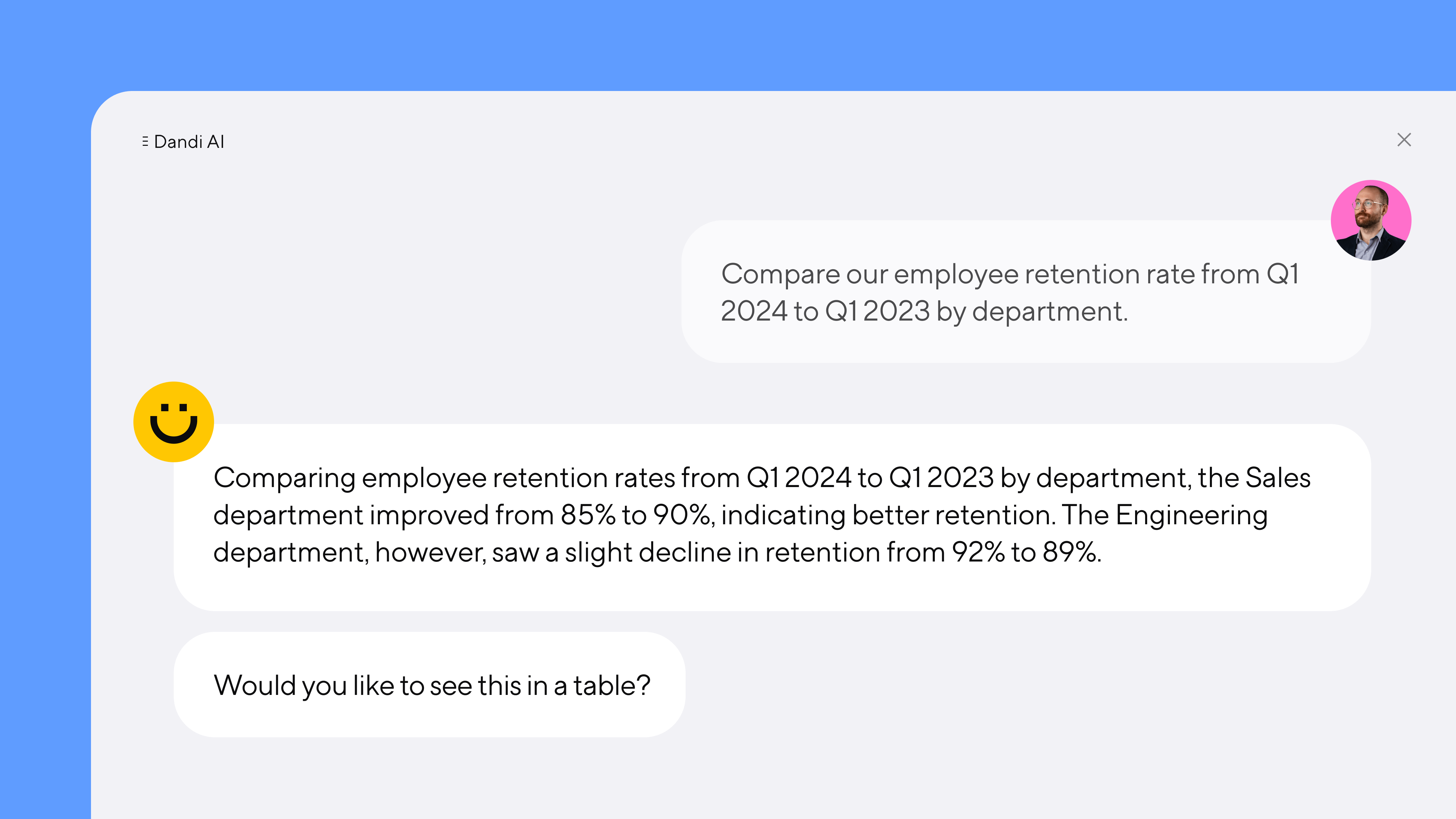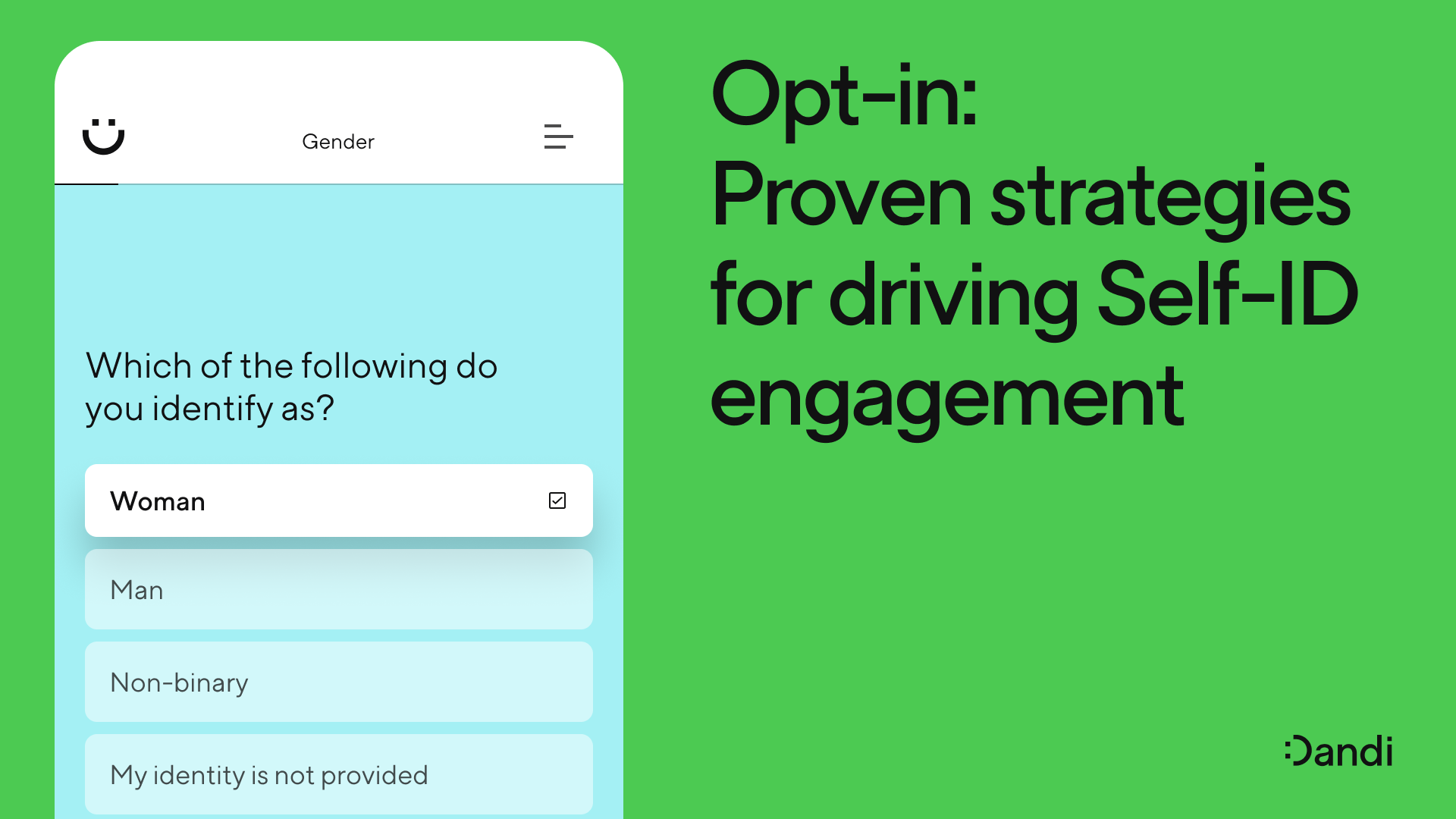The guide to VSI campaigns: Part 2
Hallie Bregman, PhD – Apr 6th, 2023
Voluntary self-identification campaigns succeed when employees trust their information will be used responsibly. This post looks at key tactics for communicating and building trust.

In part 1 of this series, we reviewed some of the operational logistics of a VSI campaign, from constructing questions to collecting data.
In this second post, we'll look at the strategic components required for running a successful campaign, including justification, communications, and transparency.
Messaging 101
VSI requires strong and clear communications.
When asking employees to disclose their identities, you must begin with trust. Trust is the foundation upon which the house is built; no one is willing to disclose to a company/system/process they don’t trust. So, what do you say?
Let’s walk through a few scenarios.
Equal Employment Opportunity (EEO)
Say your goal for this campaign is to have accurate and complete EEO reporting. When it comes to messaging, the terms are clear: "Hey employees, we are required to report to the government; please tell us who you are."
In this case, there are no frills. In fact, it’s usually a pretty comfortable scenario for candidates and employees; how many times are you asked to share your gender and race/ethnicity for basic reporting purposes? Plenty.
Pro tip: It’s useful to ask these questions during onboarding, as accurate reporting requires complete data for all employees regardless of tenure.
Employees always deserve an understanding of why they are being asked to disclose.
Broader identification campaigns
Now, let's take things a bit further than the mandatory EEO questions. This is where messaging becomes more nuanced—and more important. Your messaging may vary depending on the information you're requesting.
If you're looking for information about sexual orientation, for instance, you might stress that this part of your organization's broader commitment to DEI. "We know that intersectionality is important, and factors like sexual orientation should be included."
If asking questions about race, you might want to emphasize messages around representation. "We want to know who is in our employee base, and we want you to be represented."
But what if you're asking for many different pieces of information in order to measure gaps, outcomes and progress?
In this case, you may want to emphasize that the data will be used to identify inequities in programs and systems. It will be used to direct efforts, drive focus, and track outcomes.
This messaging is complex; there is no single use case. The main thing to remember is that employees always deserve an understanding of why they are being asked to disclose. Without that baseline of trust, the work becomes much, much harder.
Gaining Consent
A critical part of communication is about gaining consent from employees. Again, this messaging depends on the reason for the campaign.
Straightforward campaigns may imply consent for reporting purposes only. The more complex scenario is when data may be used any number of ways. Do employees need to give consent for each analysis? Do they need to give consent one time? Is consent implied when an employee fills out the form in the first place? Does consent need to be explicit?
Issues of consent may vary from campaign to campaign. Consider partnering with legal and privacy teams for alignment.
Without regulation around this, these decisions are unique to each company. In fact, they may even vary from campaign to campaign. This is a key opportunity to partner with legal and privacy teams for alignment. Depending on the outcome, more communications may need to be delivered regarding consent specifically.
Transparency
Next comes another major strategic move. How transparent are you going to be with your employee base about the results of your campaign?
You have options.
- Share nothing. This is largely unacceptable to employee bases far and wide. Employees may perceive that you are hiding something if you don’t share.
- Share everything. This can be dangerous, and no legal team will likely agree to this approach. There is significant risk involved.
In all likelihood, you'll want to find a middle ground.
For instance, you might share representation statistics, and maybe employee engagement scores. Going one step further, you could share retention rates or hiring rates.
But, most organizations are resistant to share things like pay equity or performance-related metrics. These metrics bring on the most risk—but they also are some of the most demanded metrics by employees.
In conclusion
Self-identification is not easy. It’s not just about asking the questions. It requires deep reflection, clear strategic focus, and empathy. What do you ask? Why do you ask it? How will you use it? What will you share about how you used it?
At the end of the day, employee disclosure is table stakes when it comes to DEI analytics. But, employees must trust you with their data before they will disclose it. Putting the upfront work into making sure you do right by employees will pay dividends in the long-run.
More from the blog
Announcing more powerful Dandi data visualizations
Team Dandi - Oct 23rd, 2024
The New Maturity Model for HR Data
Catherine Tansey - Sep 5th, 2024
Buyer’s Guide: AI for HR Data
Catherine Tansey - Jul 24th, 2024
Powerful people insights, 3X faster
Team Dandi - Jun 18th, 2024
Dandi Insights: In-Person vs. Remote
Catherine Tansey - Jun 10th, 2024
Introducing Dandi AI for HR Data
Team Dandi - May 22nd, 2024
5 essential talent and development dashboards
Catherine Tansey - May 1st, 2024
The people data compliance checklist
Catherine Tansey - Apr 17th, 2024
5 essential EX dashboards
Catherine Tansey - Apr 10th, 2024
Proven strategies for boosting engagement in self-ID campaigns
Catherine Tansey - Mar 27th, 2024









